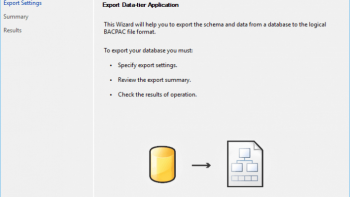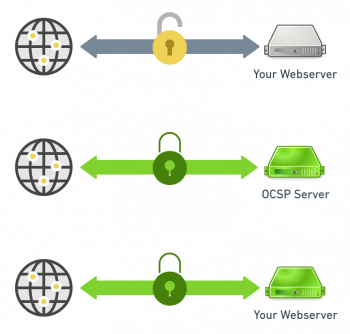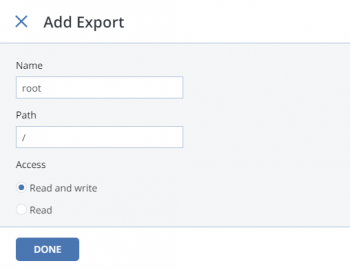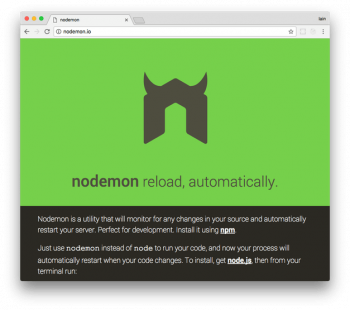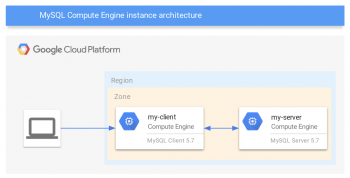How to create bacpac file from SQL server
This article will guide you on how to export an existing #database into a #BACPAC file is through #SSMS. A bacpac is a dacpac + data, while a dacpac only contains the schema of the database.
To create a Bacpac file:
a. To #export a database using the Azure portal, open the page for your database and click Export on the toolbar.
b. Specify the BACPAC filename, select an existing Azure storage account and container for the export, and then provide the appropriate credentials for access to the source database.
c. Click OK.
To import from a BACPAC file into a new single database using the Azure portal:
1. Open the appropriate server page.
2. On the toolbar, select Import database.
3. Select the storage account and the container for the BACPAC file and then select the BACPAC file from which to import.
Traefik Reverse Proxy for Docker Containers on Ubuntu
This article will guide you on how to set up #traefik reverse #proxy for #docker on #ubuntu 20.04. Traefik is a dynamic load balancer designed for ease of configuration, especially in dynamic environments. It supports automatic discovery of services, #metrics, tracing, and has Let's Encrypt support out of the box.
To to Install and Use Traefik as a Reverse Proxy with Docker on Linux:
1. Install Docker and Docker Compose.
2. Create Docker #Network.
3. Install and Configure Traefik Proxy.
4. Create a Docker Compose File.
5. Build Traefik Docker Container.
6. Access Traefik Web Interface.
Setting up OCSP stapling on Apache
This article will guide you on how to configure OCSP stapling on the Apache server.
To Check if #OCSP #stapling is enabled:
Go to https://www.digicert.com/help and in the Server Address box, type in your server address (i.e. www.ibmimedia.com). If OCSP stapling is enabled, under #SSL Certificate has not been revoked, to the right of OCSP Staple, it says Good.
To Configure your Apache server to use OCSP Stapling:
1. Edit your site's #VirtualHost SSL configuration.
2. Add the following line INSIDE the <VirtualHost></VirtualHost> block: SSLUseStapling on.
3. Check the configuration for errors with the Apache Control service. Apachectl -t.
4. Reload the Apache service. service apache2 reload.
NFS Data ISO and Export Storage Domain to oVirt RHEV
This article will guide you on steps to add Export Storage #Domain & #NFS #Data to an oVirt/RHEV environment. NFS is the most common protocol for sharing #files between #Unix #systems over a #network. NFS servers export directories from their local hard disks to NFS clients, which mount them so that they can be accessed like any other #directory.
To modify etc #exports:
1. Open the /etc/exports file in a text editor on an NFS client that has root access to the storage system.
2. Make your changes.
3. Save the file.
Restart Node js Apps Automatically with Nodemon
This article will guide you on how to restart node.js apps automatically with #nodemon. If it's just running (not a #daemon) then just use Ctrl-C . Where PID is replaced by the number in the output of ps . nodemon will watch the files in the directory that nodemon was started, and if they change, it will automatically restart your node application.
To start Nodemon with #NPM:
1. #Install nodemon. Since nodemon is a command line tool, it has to be installed as a global node package.
2. #Boot up the Node server. First, make sure that #MongoDB is already running in the background.
3. Add nodemon to package.json as an #NPM script.
4. Start the Node server via NPM.
Setting up client access over private IP address to MySQL on Compute Engine
This article will guide you on setting up client access over private IP address to #MySQL on #Compute #Engine helps advanced usage of parameters and specific performance needs.
To allow IP to connect to MySQL:
1. Edit MySQL Config File. 1.1 Access mysqld.cnf File.
2. Set up Firewall to Allow Remote MySQL Connection. While editing the configuration file, you probably observed that the default MySQL port is 3306.
3. Connect to Remote MySQL #Server. Your remote server is now ready to accept connections.
